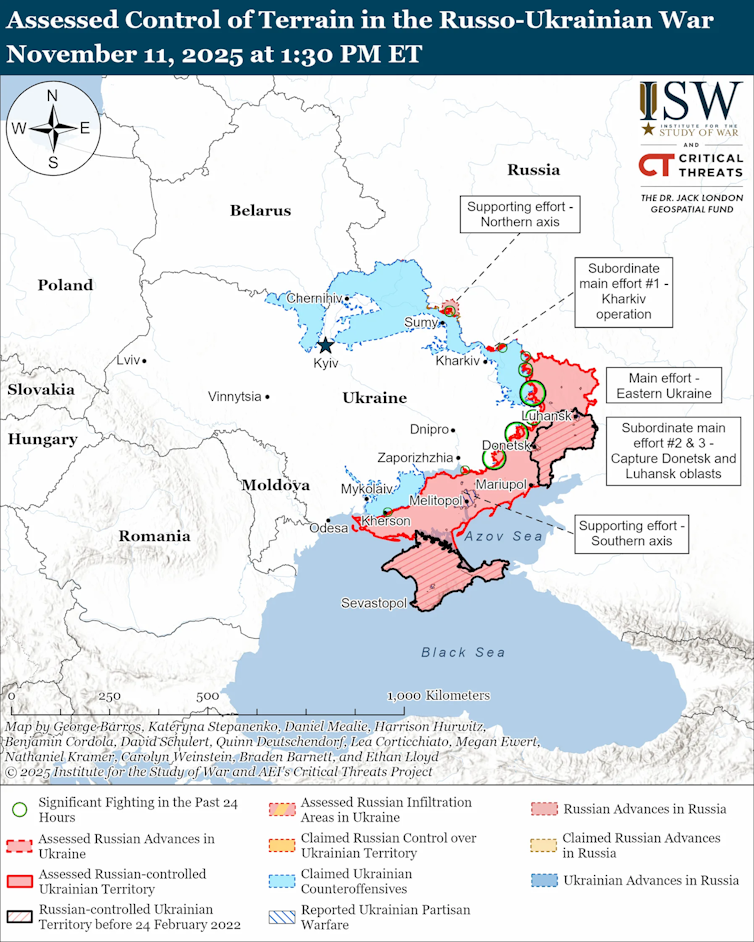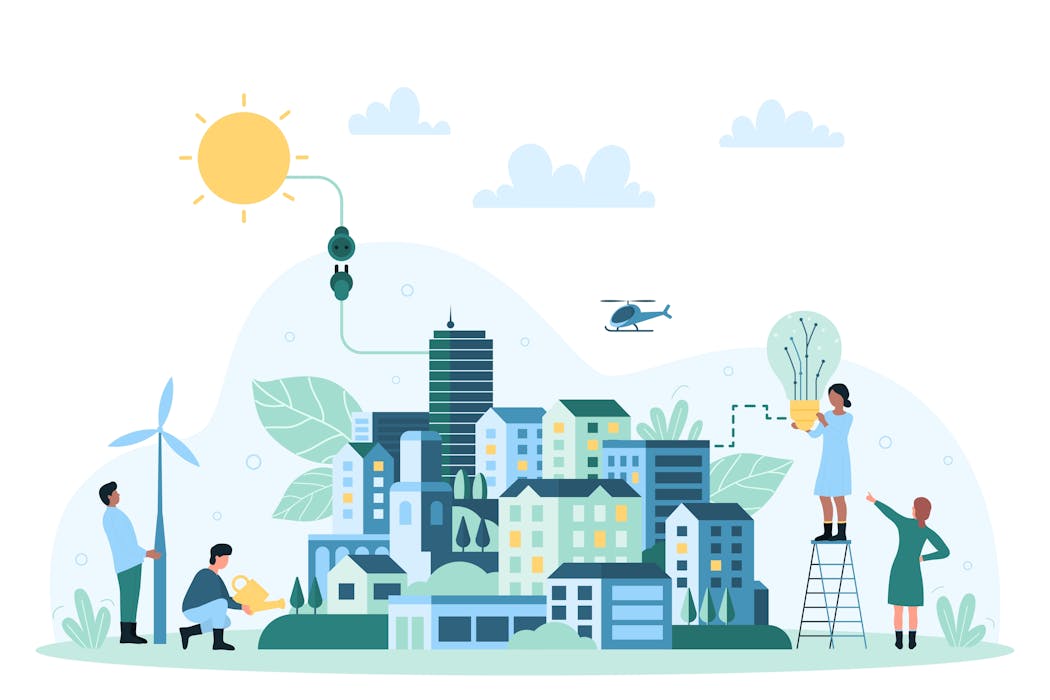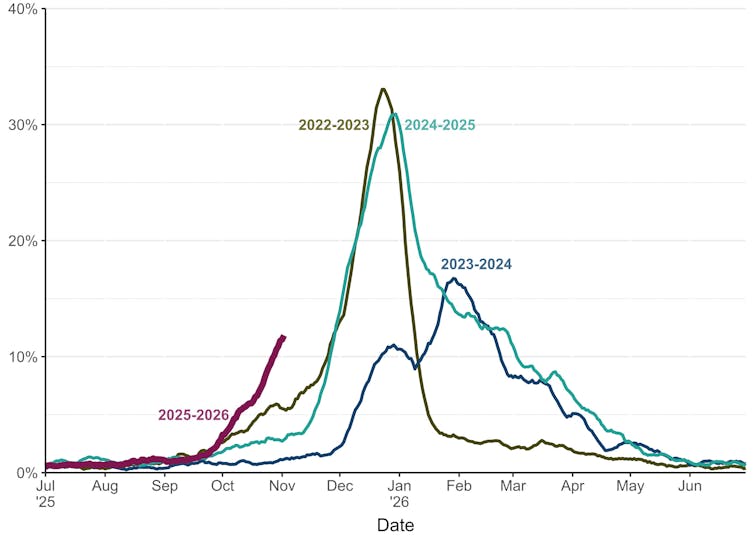Source: The Conversation – UK – By James Brown, Associate Professor in Cancer and Cell Biology, University of Limerick

Cancer research is evolving, not just in the lab, but in who is leading it. Increasingly, patients, carers and members of the public are stepping into the research process itself, shaping what questions get asked and how answers are found.
This approach, known as patient and public involvement (PPI), brings people with personal experience of illness from the sidelines to the centre of scientific discovery. It ensures research is grounded in the realities of those it aims to help.
Rather than being passive participants, patients become collaborators. They contribute insights, challenge assumptions and help shape research that matters in the real world. When people affected by cancer are treated as equals in the research process, the result is a more compassionate, inclusive and effective body of evidence, one that improves treatment, care and outcomes for everyone.
Personal experience improves science
When someone with cancer speaks about treatment or research, people listen. They are also trusted advocates who can help make the complex and often overwhelming world of scientific research more accessible, not just for other patients, but for the wider community too.
Patients act as bridges, linking healthcare staff and scientists, clinical practice and community understanding, hard data and human meaning. They challenge researchers to think differently, to ask better questions and to consider the real-world consequences of their work. Patients make science personal, reminding researchers that behind every dataset is a life, a family, a story.
Their involvement also helps demystify science. When patients share what they have learned with friends, families and local networks, they help foster trust and counter misinformation about cancer and its treatments. At a time when false health claims spread fast online, this kind of authentic engagement is invaluable.
And PPI does not just change how research feels, it changes what research finds.
In one clinical trial for a new anti-cancer drug, patients described the treatment as feeling like ice being injected into their veins, painful and distressing. This side-effect had not appeared in early trials or lab studies. Because of patient feedback, researchers were able to adapt the trial protocol, adjusting the dose or delivery method to make the experience less traumatic.
That kind of insight can only come from experience. Without patient voices, research risks missing the mark.
Rethinking the research process
Traditionally, cancer research was designed and led by academics and doctors. Patients provided samples and data, but rarely had a say in what questions were asked, how studies were run or how results were shared.
That is no longer enough. Science must be more collaborative, inclusive and responsive to the people it serves. That is where meaningful PPI comes in.
At the University of Limerick and University Hospital Limerick in Ireland, a new model of PPI is turning this principle into practice. Here, a patient-led steering group oversees all cancer research projects, ensuring every study is relevant, respectful and responsive to the needs of those affected.
Cancer patients join disease-specific panels and are matched with research teams based on shared goals or interests. These teams are made up of scientists, healthcare professionals and patients, working together as equals.
When patients lead, research stays grounded in what really matters: improving care, experience and outcomes.
To support participation in Limerick’s PPI programmes, the group provides accessible resources such as a plain language glossary of scientific and medical terms, continuing mentorship through regular meetings, and PPI training for academics through the independent national PPI Ignite Network.
Patients also help share research findings with their communities through social media, recruitment events and local meetings, bridging the gap between lab and life.
Cancer research is happening in hospitals, universities and research centres across the country. Because every cancer and every person is unique, researchers need a wide range of voices to guide their work.
You do not need a science background, just experience, curiosity and a willingness to share your perspective.
Search online for “patient and public involvement in cancer research” in your local area, or ask your healthcare team about local initiatives. Most researchers include a contact email on their institutional website and are happy to hear from potential collaborators.
Science is strongest when it listens. By bringing together patients, carers, researchers, doctors and the public as equal partners, we can make cancer research not only better, but more human.
![]()
James Brown has current funding from the Health Research Institute at the University of Limerick. He is affiliated with the University of Limerick, and is a member of the PPI steering committee.
– ref. How patients are helping cancer researchers to ask better questions – and find better answers – https://theconversation.com/how-patients-are-helping-cancer-researchers-to-ask-better-questions-and-find-better-answers-260640











